Articles tagged with: "jazz"

Rhythm Changes: The Ultimate Guide to Jazz's Foundational Progression
"Rhythm Changes" is a cornerstone 32-bar AABA chord progression derived from George Gershwin's 1930 hit "I Got Rhythm." It has become a fundamental building block for countless jazz standards,...

The Major Scale: The Foundation of Western Music
The major scale is the most fundamental scale in Western music. It's a seven-note diatonic scale that forms the basis for countless melodies, harmonies, and musical compositions across all genres....
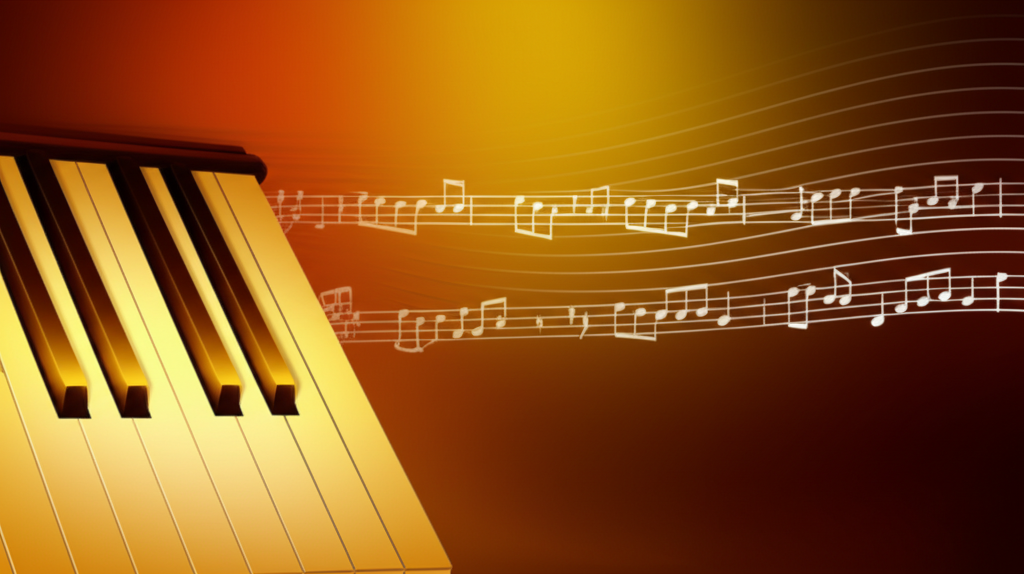
Major Seventh Chord: The Jazz Standard of Sophistication
The major seventh chord elevates the basic major triad with a rich, colorful extension: the major seventh interval. This creates a sophisticated, dreamy sound that is foundational to jazz, bossa...

Diminished Scales: A Guide to Symmetrical Patterns in Music
The diminished scale, also known as the octatonic scale, is a fascinating eight-note symmetrical scale that alternates between whole and half steps. It is a cornerstone of modern harmony, used …

Mastering the 7#11 Chord: A Comprehensive Guide to Dominant Seventh Sharp Eleven
The 7#11 chord, also known as the dominant seventh sharp eleven, is a rich and colorful extended chord that adds harmonic tension and sophistication to music. This chord is particularly …

Tritone (Augmented Fourth): The Devil's Interval
The tritone, an interval spanning six semitones, is arguably the most fascinating and historically significant interval in Western music. Known for its jarring dissonance and powerful need for...

The 6/9 Chord: A Comprehensive Guide for Musicians
The 6/9 chord is a beautiful and versatile extended chord that adds color and richness to music. It is commonly used in jazz, pop, and classical music to create a …

Unlocking the Dorian b2: A Deep Dive into the "Phrygian Dorian" Mode
Often called "Phrygian Dorian" or, more commonly, Dorian b2, this mode offers a captivating blend of dark tension and bright resolution. As the second mode of the Melodic Minor scale, …

Unlocking the Lydian Dominant (Lydian b7): A Comprehensive Guide
Dive deep into the Lydian Dominant scale (Lydian b7), the sound behind *The Simpsons* theme and countless jazz solos. This guide breaks down its theory, shows you how to build …

Mastering the Octatonic Scale: Symmetry, Tension, and Modern Harmony
The octatonic scale, also known as the diminished scale, is one of the most fascinating and versatile symmetrical scales in music theory. This eight-note scale alternates between whole and half …
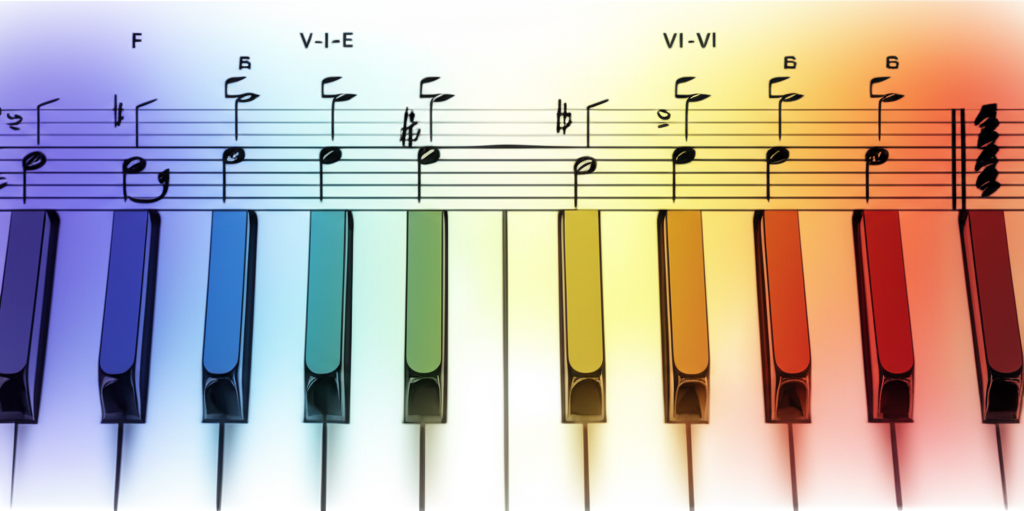
The Andalusian Cadence (Am-G-F-E): A Complete Guide to This Iconic Progression
The Andalusian Cadence is a descending chord progression typically written as Am-G-F-E in modern notation. This four-chord sequence creates a distinctive melancholic yet powerful sound that has been...

Minor Major Seventh Chord: The Mysterious Harmony
The minor major seventh chord (mMaj7) is a unique and sophisticated four-note harmony that combines the melancholic quality of a minor triad with the bright tension of a major seventh. …
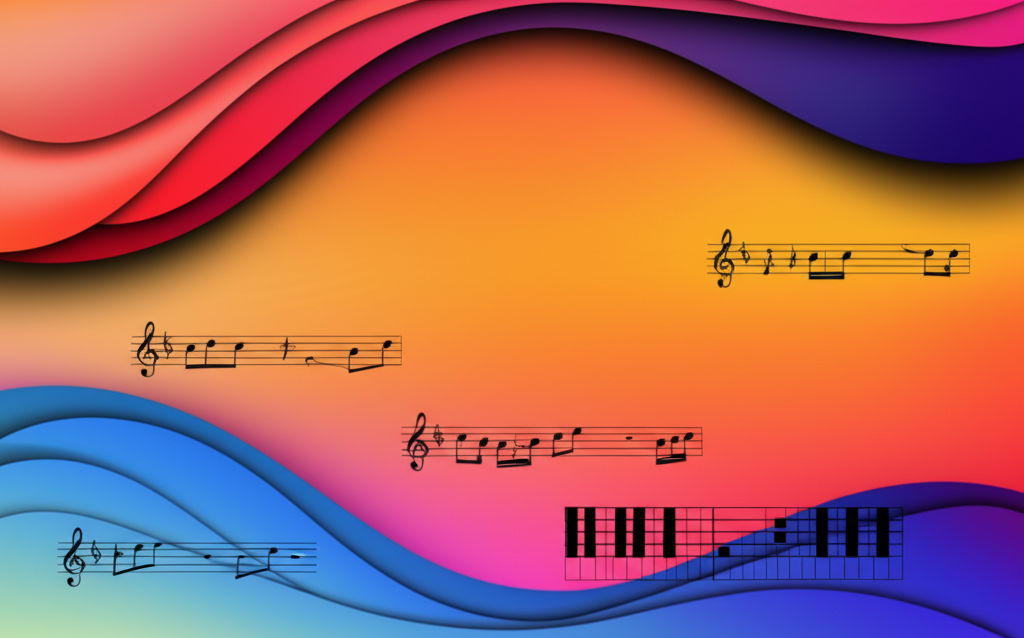
The Melodic Minor Scale: A Versatile Tool for Musicians
The melodic minor scale is a fascinating and versatile musical scale with a dual identity. Classically, it solves a melodic problem in minor keys by raising the 6th and 7th …

Mastering the 7#11 Chord: The Complete Guide to Dominant Seventh Sharp Eleven
The 7#11 chord, also known as the dominant seventh sharp eleven or lydian dominant, is a rich and colorful extension of the basic dominant seventh chord. This sophisticated harmony adds …
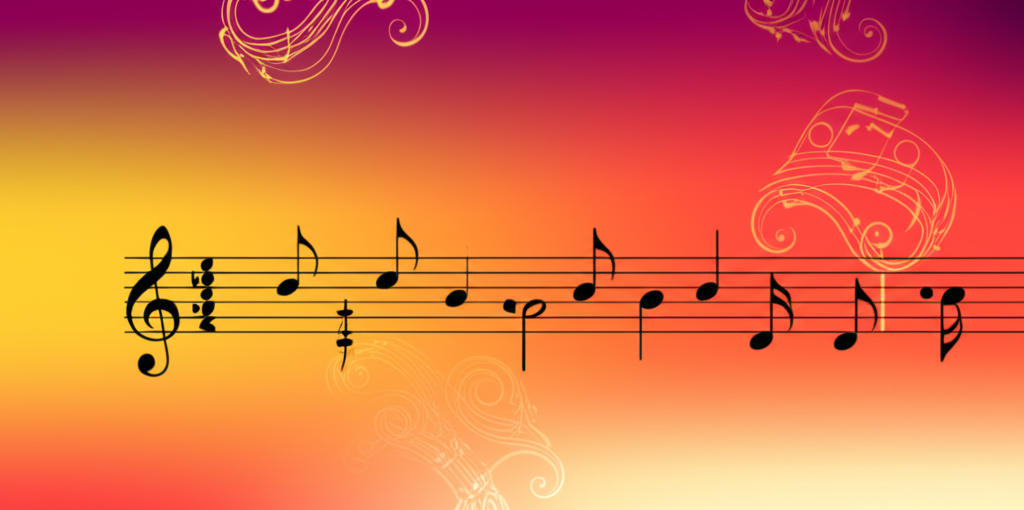
The Neapolitan Major Scale: A Comprehensive Guide for Musicians
The Neapolitan Major scale is a fascinating and somewhat exotic scale that offers a unique sound palette for composers and improvisers. This scale, also known as the Lydian Dominant scale, …
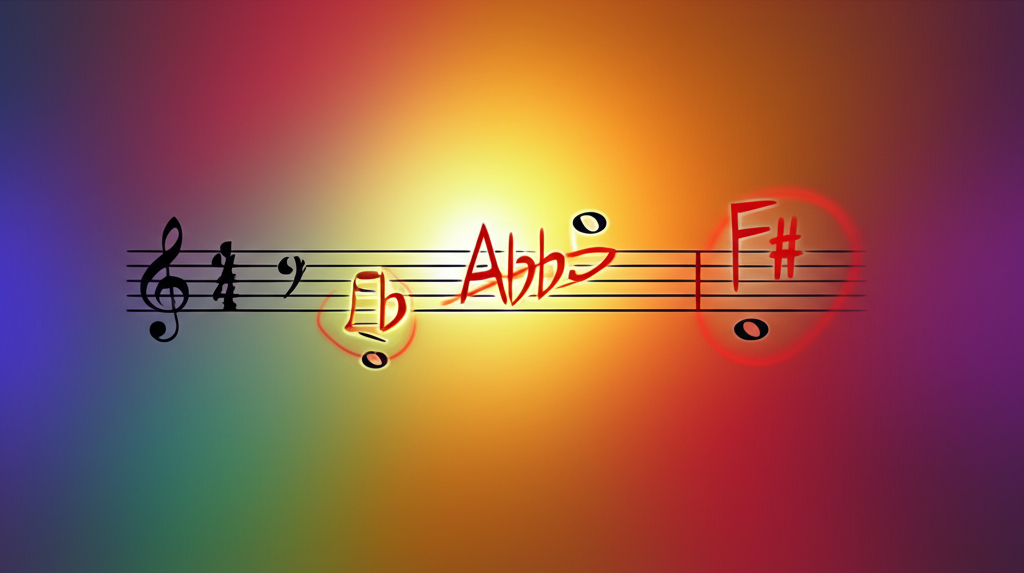
The Complete Musician's Guide to the Locrian Mode
The Locrian mode is the seventh and final mode of the major scale, known for its dark, unstable, and tense sound. This mode is unique because it features a diminished …

The iii-vi-ii-V Progression: Circle of Fifths in Motion
The iii-vi-ii-V is one of the most elegant and common chord progressions in Western music, particularly in jazz and classic pop. It functions as a powerful extension of the fundamental …

The Tritone: Understanding the Devil's Interval in Music
A tritone is a musical interval that spans three whole tones, hence the name 'tritone'. It is also known as an augmented fourth (A4) or diminished fifth (d5), depending on …

Decoding Bird Changes: A Deep Dive into Charlie Parker's Harmonic Labyrinth
This article provides an expert analysis of "Bird Changes," the iconic chord progression from Charlie Parker's bebop masterpiece, "Confirmation." We will dissect its advanced harmonic structure,...

The Blues Scale: The Sound of American Soul
The blues scale is a fundamental musical tool that captures the expressive, soulful heart of the blues and has profoundly influenced countless genres, from jazz and soul to rock and …

The Ultimate Guide to the ii-V-I Progression
The ii-V-I progression (pronounced "two-five-one") is more than just a sequence of chords; it's the fundamental grammatical sentence of jazz and tonal music. Found in countless standards, from...

Dominant Ninth Chord: Adding Color to Dominant Harmony
The dominant ninth chord (9) is an extended harmony that adds sophistication and color to traditional dominant function chords. Built by adding a major ninth interval to a dominant seventh …

Mastering the Locrian Mode: The Darkest Scale in Music Theory
The Locrian mode is the seventh and final mode of the major scale, known for its dark, unstable, and dissonant sound. Often considered the "darkest" of the seven modes, it …

Extended Chords: Adding Color and Sophistication to Harmony
Most musicians begin their journey by learning basic triads—the foundational building blocks of harmony. But to unlock the rich, complex sounds of jazz, R&B, and modern classical music, you need …

Bebop Major Scale: Elegant Chromaticism in Jazz
The bebop major scale is an eight-note scale that adds a chromatic passing tone between the fifth and sixth degrees of the major scale. This sophisticated scale is a cornerstone …
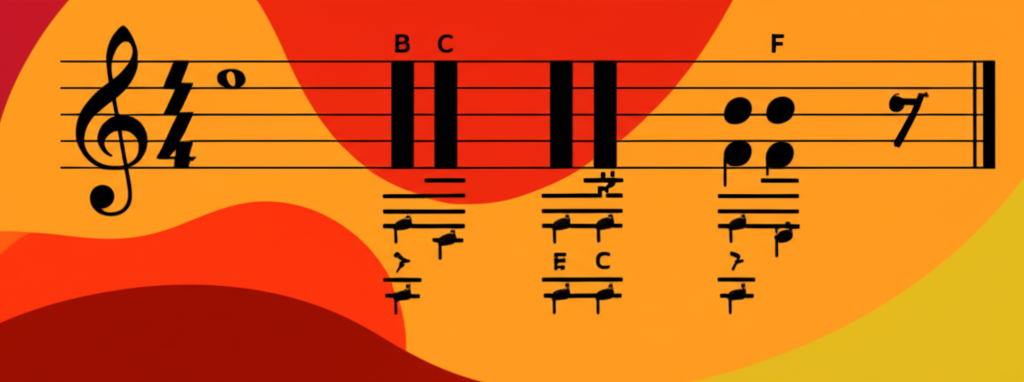
The Ultimate Guide to the Dominant Seventh Chord
If there's one chord that acts as the engine of Western music, it's the dominant seventh. You've heard its tense, unresolved sound countless times in everything from Bach to blues, …

Half-Diminished Chord: The Sophisticated Minor Seventh Flat Five
Often called the Minor Seventh Flat Five (m7b5), the half-diminished chord is a cornerstone of musical sophistication. It masterfully balances the moody tension of a diminished triad with the smooth...
Read more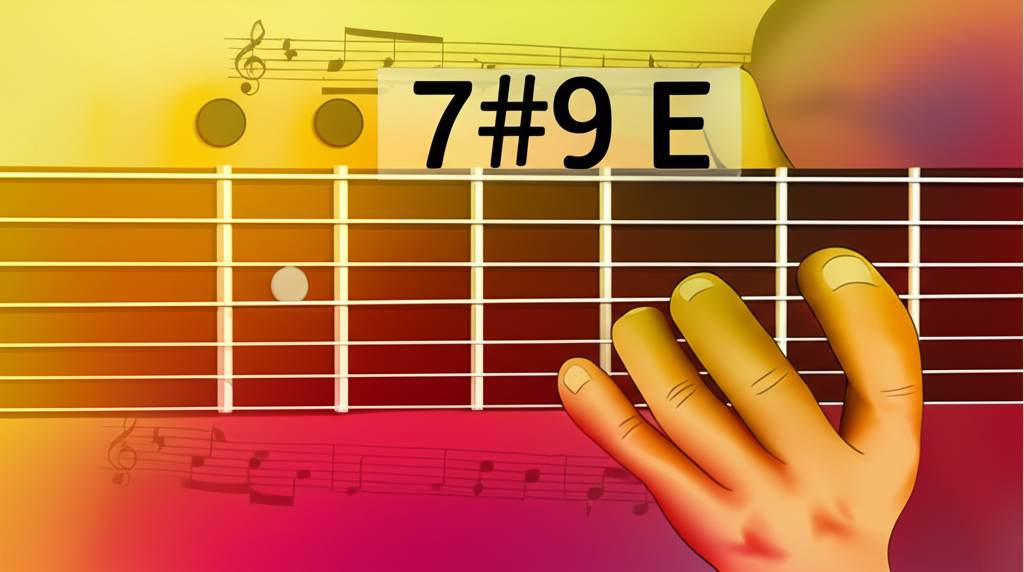
The Hendrix Chord (7#9): A Deep Dive into the Iconic Dominant Seventh Sharp Nine
The Hendrix Chord, formally known as the dominant seventh sharp nine (7#9), is a rich and dissonant chord that has become synonymous with the sound of Jimi Hendrix. It is …
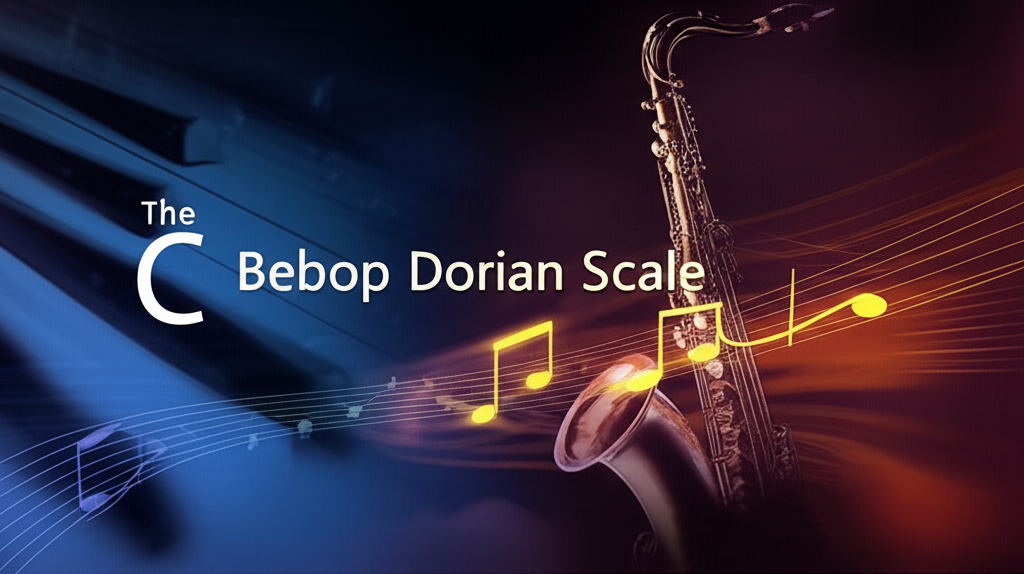
Unlocking the Bebop Dorian Scale: A Guide for Jazz Improvisers
Dive into the world of jazz improvisation with the Bebop Dorian scale. This essential eight-note scale is a powerful tool for navigating minor chords with the authentic sound of bebop. …
Read more
Mastering the Natural Minor Scale: The Complete Beginner's Guide
This article explores mastering the natural minor scale: the complete beginner's guide, covering its fundamental concepts, practical applications, and musical examples.

The Altered Scale: Your Ultimate Guide to Jazz Dominant Tension
Imagine a dominant chord that's not just pushing to resolve, but is practically screaming to. That's the sound of the altered scale. It's a collection of notes specifically chosen to …

The Tritone: Mastering the Devil's Interval in Music
The tritone is one of the most fascinating and controversial intervals in music theory. Spanning three whole tones (hence the name "tritone"), this interval has been called the "devil's interval" …
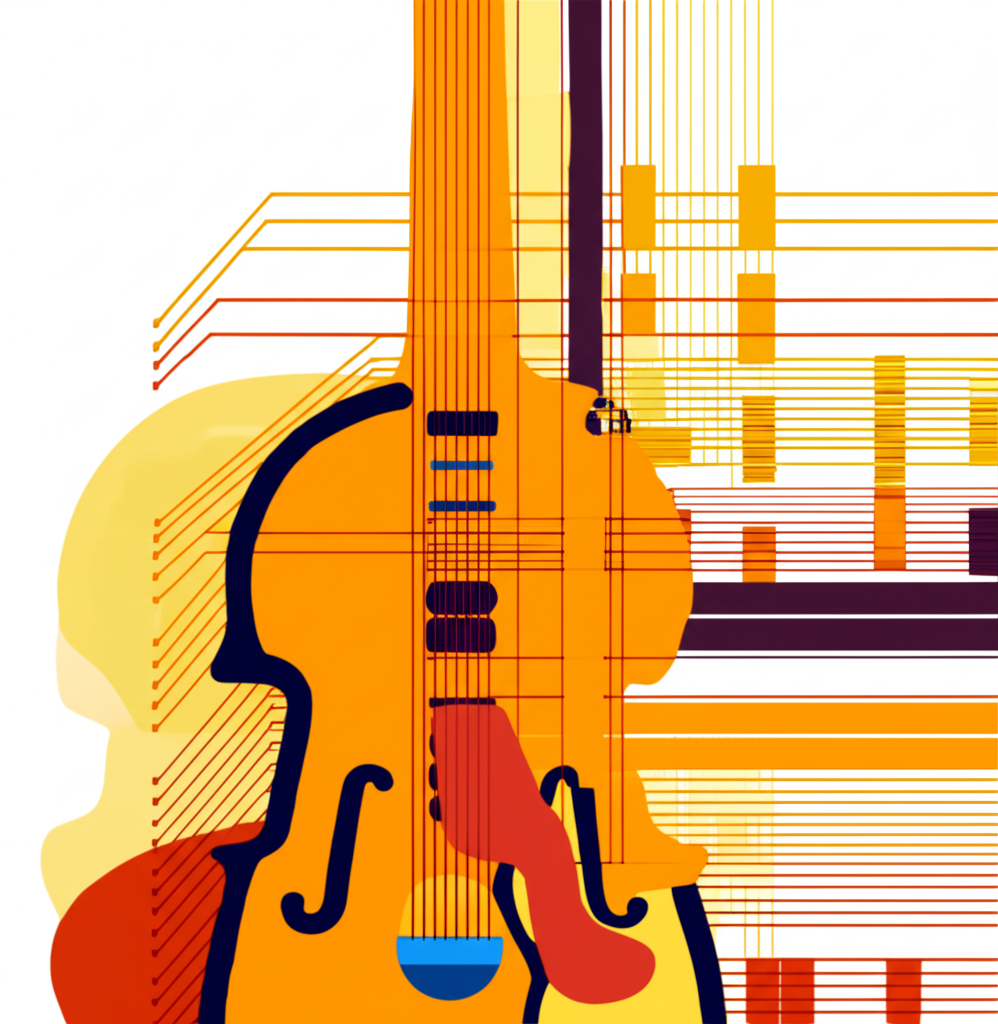
Mastering the Minor 11th Chord: Theory and Application
The Minor 11th chord is a rich and complex extended chord that adds depth and color to musical compositions. This guide will explore its construction, historical context, and practical applications...
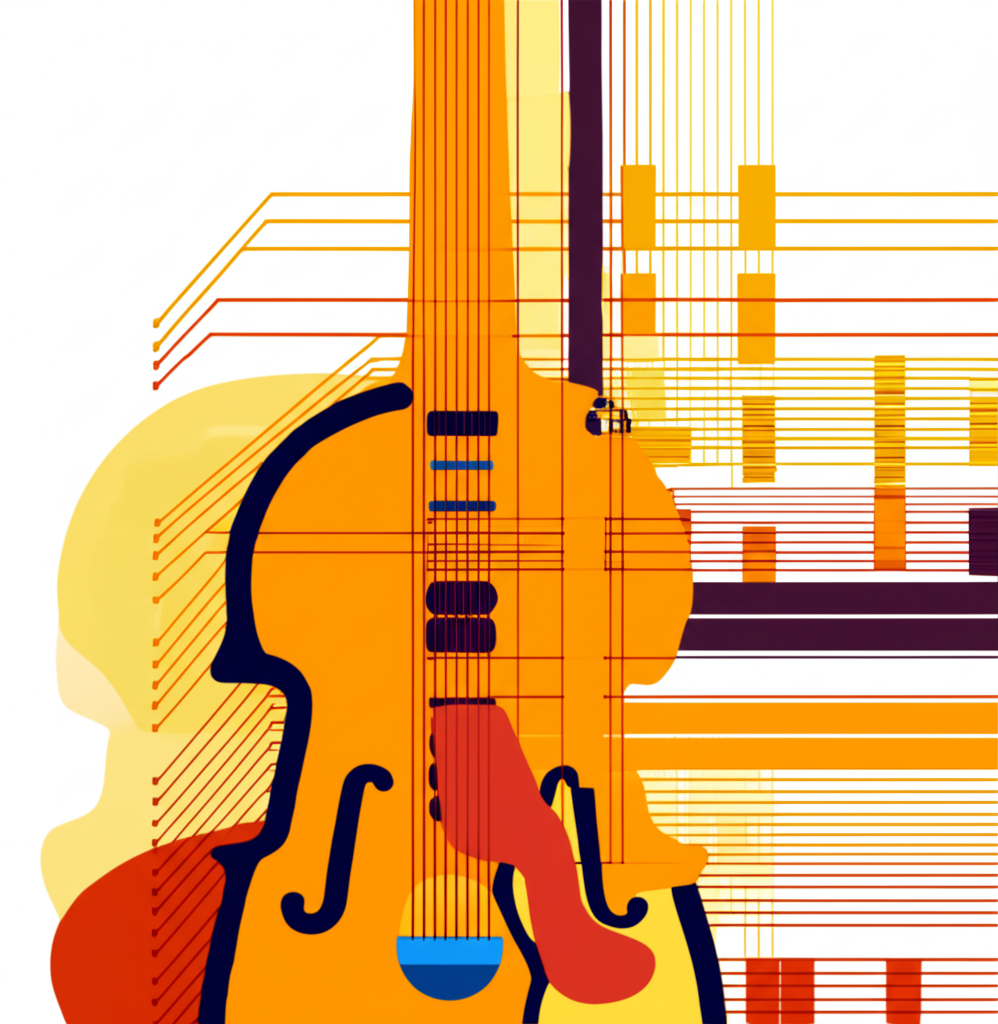
Mastering the Neapolitan Minor Scale: Theory and Practice
This article explores mastering the neapolitan minor scale: theory and practice, covering its fundamental concepts, practical applications, and musical examples.

The Lydian Mode: Bright Colors in Modern Harmony
The Lydian mode, characterized by its distinctive raised fourth degree, creates a bright, optimistic, and often magical sound that has captivated composers and improvisers. This comprehensive guide...

The Major Eleventh Chord: A Dreamy and Complex Sound
This article explores the rich and sophisticated world of the major eleventh chord (Maj11) . We'll uncover its unique theoretical construction, explain its characteristic dreamy yet dissonant sound,...

Unlocking the Sound of Jazz: A Comprehensive Guide to the Bebop Minor Scale
This article provides an in-depth exploration of the Bebop Minor scale, a fundamental tool in the vocabulary of jazz improvisation. We will deconstruct its common forms, understand its unique...

Minor Ninth Chord: Unlocking Dark Sophistication in Your Harmony
The minor ninth chord (m9) is a lush, five-note harmony that infuses the moody quality of a minor seventh chord with the expressive color of a major ninth. This unique …

Exploring Modal Jazz: The Genius of "So What"
This article delves into the world of modal jazz, using Miles Davis's seminal composition "So What" as a primary case study. We will explore how this innovative approach broke away …
Read more
Mastering the Half Diminished Chord: Construction, Applications, and Exercises
A half diminished chord, also known as a minor seventh flat five (m7♭5), is a four-note chord consisting of:

Perfect Unison: The Fundamental Building Block of Music
The perfect unison is the most fundamental interval in music theory. It occurs when two notes of the same pitch are played simultaneously. This interval serves as the building block …
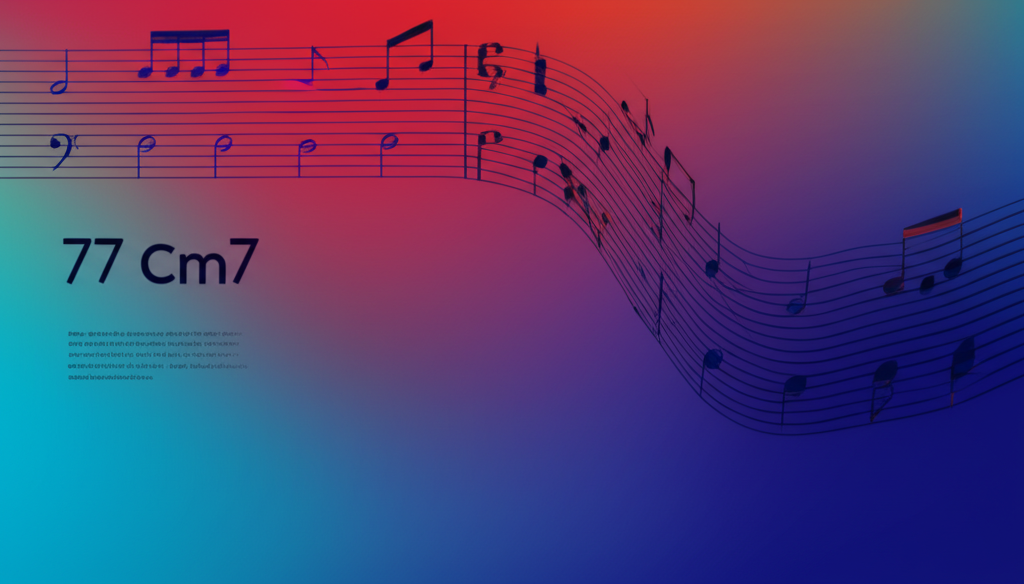
Minor Seventh Chord: The Sound of Cool
The minor seventh chord is a four-note chord built from a minor triad with an added minor seventh. Its sound is often described as smooth, melancholic, or sophisticated, creating a …
Read more
Hungarian Minor Scale: Unlocking Exotic Colors in Your Music
Step away from the familiar sounds of major and minor scales and venture into more evocative territory. The Hungarian Minor Scale, also known as the Gypsy Minor scale, is a …

The i-VI-ii-V7 Progression: Unlocking Minor Key Harmony in Jazz
The i-VI-ii-V7 is one of jazz's most elegant and emotionally resonant harmonic sequences. Rooted in the minor key, this progression masterfully blends the somber quality of the tonic with a …

The 7#11 Chord Demystified: Construction, Usage, and Musical Applications
The 7#11 chord, also known as the dominant seventh sharp eleven, is a rich and colorful extended chord that adds a unique flavor to harmonic progressions. This chord is widely …
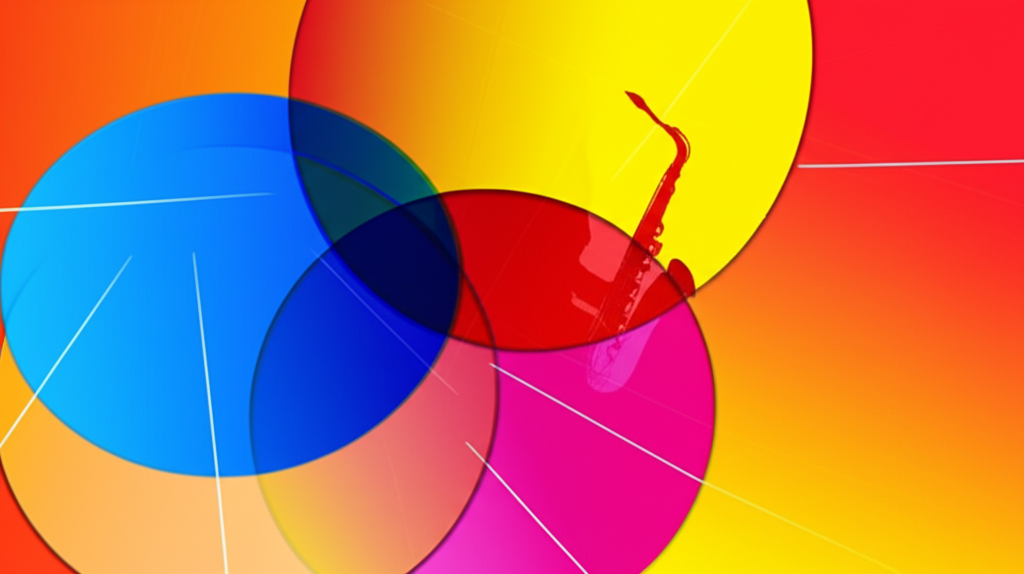
Unlocking Coltrane Changes: A Deep Dive into Jazz's Harmonic Revolution
This article explores the complex and influential harmonic concept known as "Coltrane Changes." We will deconstruct this revolutionary chord progression, examine its theoretical underpinnings, and...

The Minor Pentatonic Scale: A Comprehensive Guide for Beginners
This article explores the minor pentatonic scale: a comprehensive guide for beginners, covering its fundamental concepts, practical applications, and musical examples.
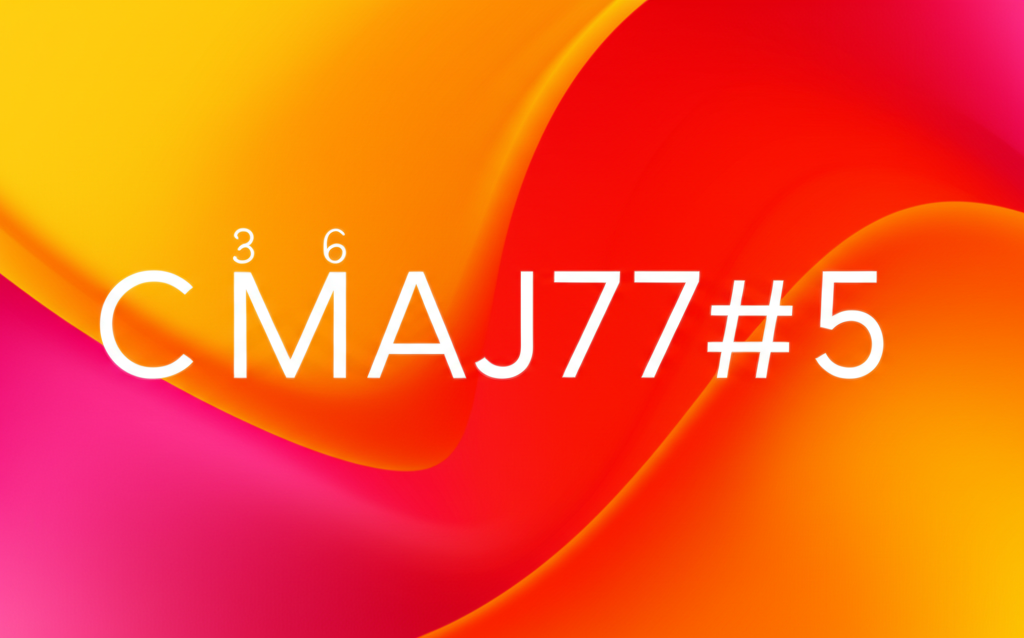
Unlocking the Maj7#5 Chord: A Deep Dive into its Sound and Application
The Maj7#5 chord is a paradox: simultaneously floating and tense, beautiful and unsettling. This article explores its unique sonic qualities, from its theoretical construction as an augmented triad...

The Complete Musician's Guide to Altered Dominant (7alt) Chords
The altered dominant, commonly notated as 7alt, is a sophisticated dominant 7th chord that incorporates one or more altered extensions (b9, #9, b5, #5) to create maximum harmonic tension. This …
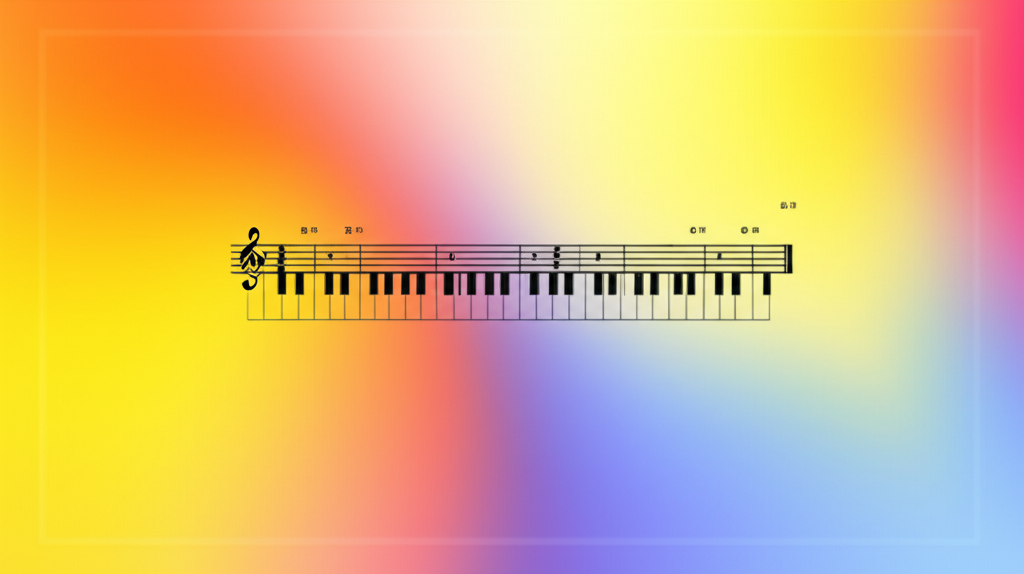
Mastering the Mixolydian Mode: A Complete Guide for Musicians
The Mixolydian mode is one of the seven musical modes derived from the major scale. It is often described as a major scale with a flattened seventh (♭7), giving it …

The Dominant Eleventh Chord: A Guide to Its Sound, Soul, and Function
This article demystifies the dominant eleventh chord (V11), a sophisticated harmony that defines the sound of modern jazz, funk, and gospel. We explore its theoretical construction, the crucial...

The Bebop Dominant Scale: Unlocking the Language of Jazz
The Bebop Dominant scale is an eight-note scale that adds a single chromatic passing tone to the standard Mixolydian mode. This addition is the key to creating the smooth, rhythmically …

Minor Blues Progression: The Soul of Emotional Expression
The minor blues progression transforms the familiar 12-bar blues by using minor chords, creating a darker, more sophisticated, and introspective emotional landscape. While preserving the core...
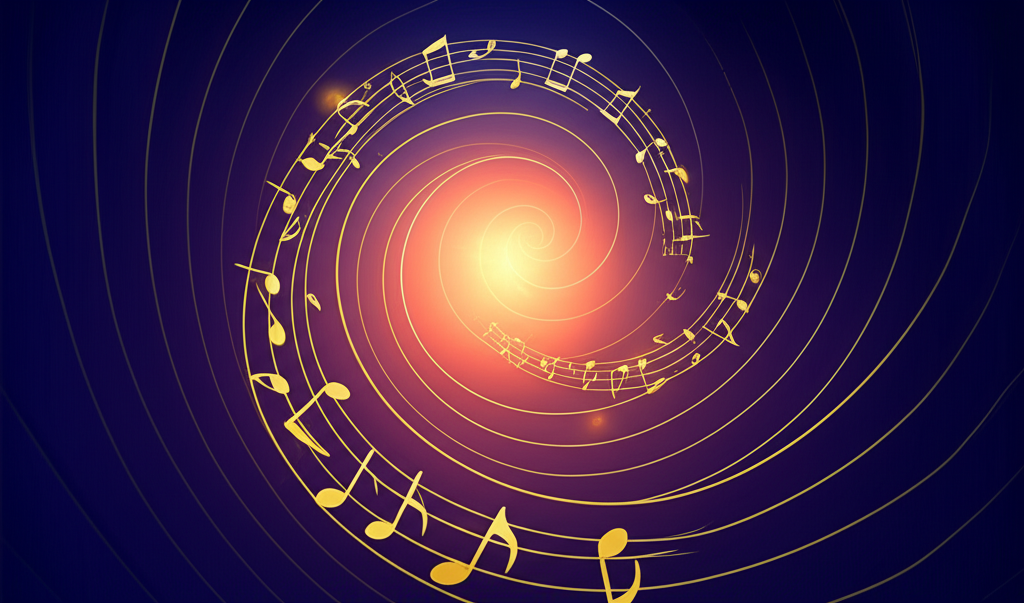
Unlocking Harmonic Journeys: A Guide to the Extended II-V Progression
This article offers a comprehensive guide to the Extended II-V progression, a cornerstone of jazz and modern harmony. We'll break down how this chain of related chords creates powerful forward...
Read more
Mastering the Perfect Eleventh: A Complete Music Theory Guide
A Perfect Eleventh is a compound interval spanning an octave plus a perfect fourth. In simpler terms, it's the distance from a root note to the note eleven scale degrees …
Perfect Unison Explained: The Fundamental Interval Every Musician Should Master
This article explores perfect unison explained: the fundamental interval every musician should master, covering its fundamental concepts, practical applications, and musical examples.

Minor Ninth Interval: Expanding Beyond the Octave
The minor ninth interval is a compound interval spanning thirteen semitones, equivalent to an octave plus a minor second. This interval creates a distinctive sound that is both dissonant and...
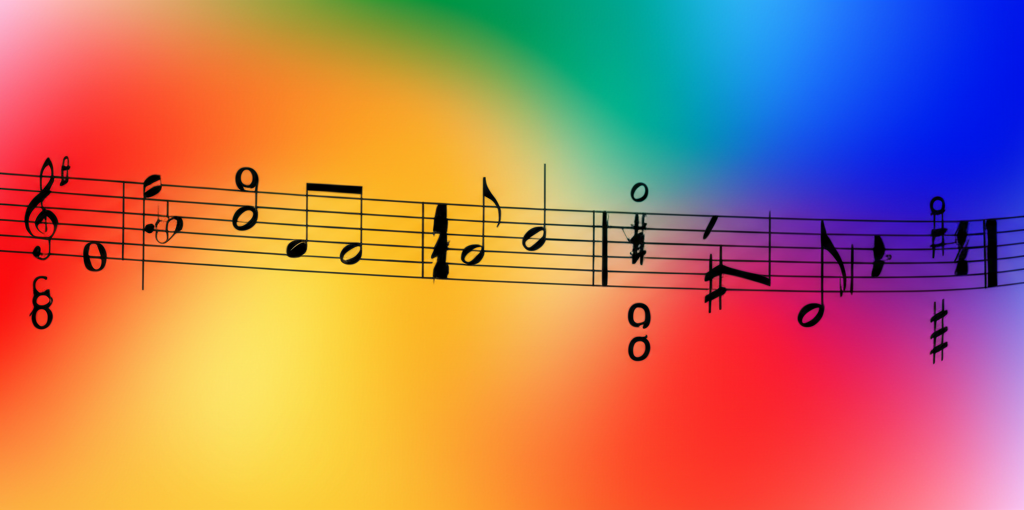
Altered Chords: Adding Color and Tension to Your Music
Altered chords are a cornerstone of modern harmony, providing a rich palette of tension and release by chromatically modifying standard chord tones. This guide demystifies altered dominant chords,...

Major Ninth Interval: Bright Extensions in Modern Harmony
The major ninth interval is a compound interval spanning fourteen semitones, equivalent to an octave plus a major second. This bright, open-sounding interval is a cornerstone of modern harmony,...
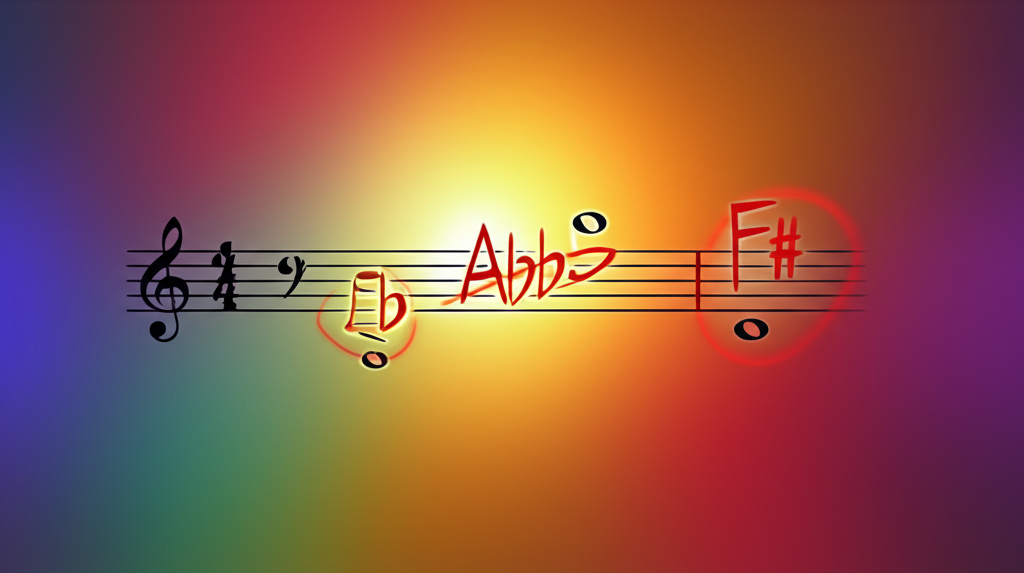
Mastering the Minor Thirteenth: A Complete Guide to This Expressive Interval
A minor thirteenth is a compound interval that spans a minor thirteenth above a root note. It consists of a minor tenth (an octave plus a minor third) plus a …

Unlocking the Secrets of the Minor 13th Chord
The minor 13th chord is a lush, sophisticated harmony that often functions as a point of resolution in jazz and contemporary music. This article demystifies its theoretical structure, explains the...

Minor Sixth Interval: The Melancholic Beauty
In the rich tapestry of musical intervals, the minor sixth holds a special place. It possesses a powerful emotional duality: a sound of profound sadness and longing, yet one that …

Unlocking Exotic Sounds: A Deep Dive into the Half-Whole Diminished Scale (Synthetic Scale 2)
Delve into the Half-Whole Diminished Scale, a cornerstone of modern harmony also known as Synthetic Scale 2. Learn its symmetrical construction, its powerful use over dominant chords in jazz, and …
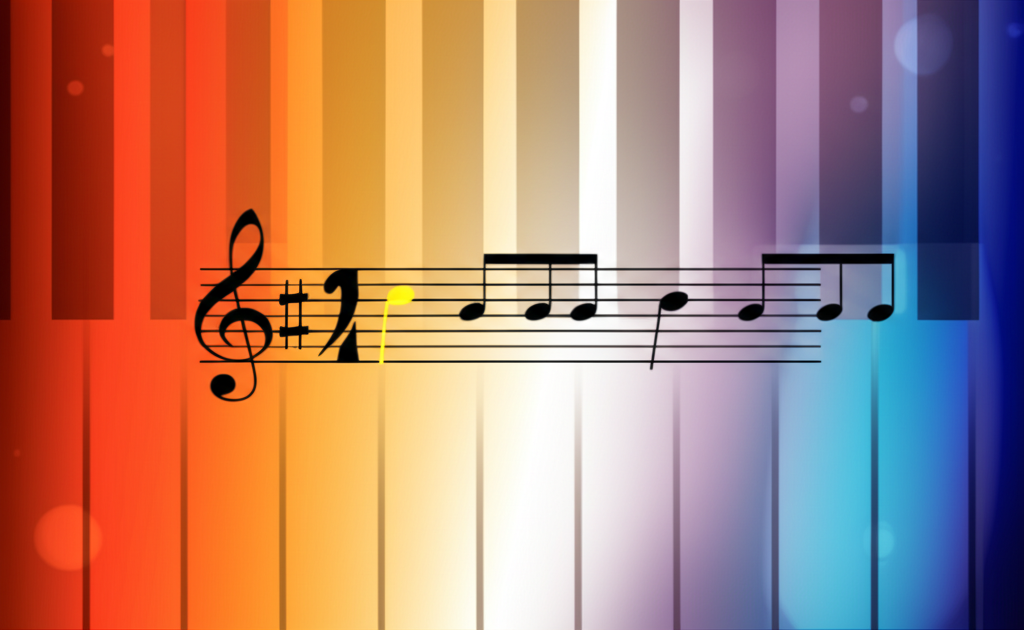
The Perfect Octave: A Fundamental Interval in Music
The perfect octave is one of the most fundamental intervals in music theory. It is the distance between two notes where the higher note has exactly double the frequency of …

Understanding the Major Thirteenth Interval
The major thirteenth is a compound interval that adds a sophisticated, airy, and often dreamy quality to music. Extending beyond a single octave, it is a cornerstone of advanced harmony, …

Unlocking Symmetrical Sounds: A Deep Dive into the Whole-Half Diminished Scale (Synthetic Scale 1)
This article provides a comprehensive guide to the octatonic scale, also known as the diminished scale or Synthetic Scale 1. We deconstruct its two primary forms—the Whole-Half and...

Secondary Dominants: Adding Color and Direction to Chord Progressions
Secondary dominants are one of the most powerful tools in functional harmony, used to add color, tension, and forward momentum to chord progressions. By temporarily "tonicizing" chords other than the...

Bossa Nova Chord Progressions: A Guide to the Brazilian Sound
Bossa nova chord progressions are the heart of the genre, blending the harmonic complexity of American cool jazz with the subtle, syncopated rhythms of Brazilian samba. This guide explores the...
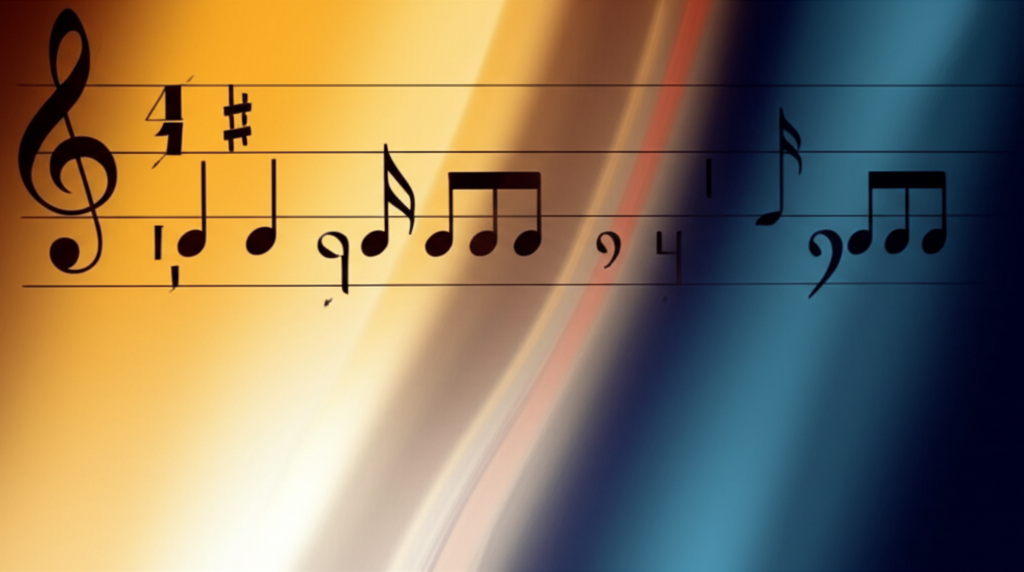
12-Bar Blues Progression: The Foundation of American Popular Music
The 12-bar blues is the most important and influential chord progression in the history of American popular music. This foundational harmonic cycle, built on the I, IV, and V chords, …
Mastering the Minor Thirteenth: The Complete Guide to This Colorful Interval
The minor thirteenth is a compound interval that spans 20 semitones above the root note, combining an octave plus a minor sixth. In chord construction, it typically appears as an …

Modal Scales: Ancient Paths to Modern Expression
From the haunting sounds of medieval plainchant to the sophisticated improvisations of modern jazz and the driving riffs of rock, modal scales offer a rich palette of musical color. This …

Decoding Giant Steps: The Pinnacle of Modern Jazz Harmony
This article delves into John Coltrane's seminal composition, "Giant Steps," a cornerstone of modern jazz. We will dissect its revolutionary chord progression, known as "Coltrane Changes," exploring...